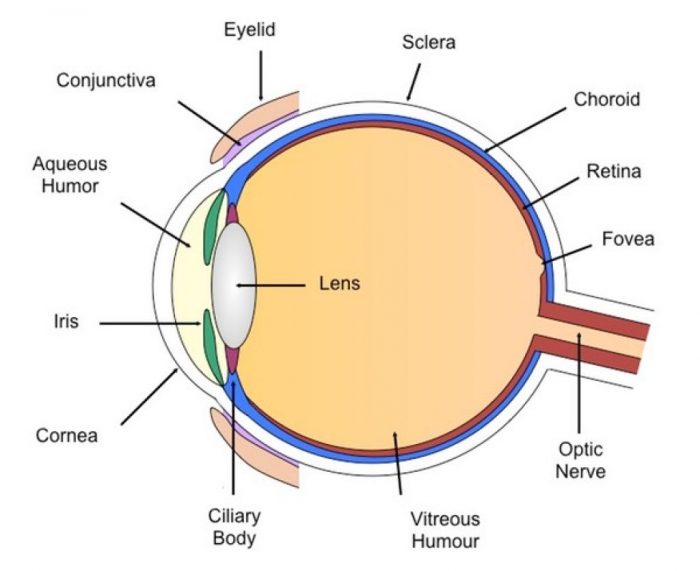ABOUT VITRECTOMY
A vitrectomy is a surgical procedure performed to remove the vitreous gel from an eye. The vitreous gel is a fluid contained in the eye which may experience a hemorrhage or cause problems with vision as a result of eye diseases or conditions. A vitrectomy is performed to either remove blood from the vitreous or to gain access to the back of the eye and repair the retina.
Recommended for
- Damaged or detachment retina
- Vitreous hemorrhage
TIME REQUIREMENTS
- Number of days in hospital: 1 – 2 days.
Generally, patients are able to leave the same day.
- Average length of stay abroad: Around 6 weeks.
Patients cannot fly until the air bubble has gone from the eye, which can take weeks or months. It is crucial to get the ophthalmologist’s approval before flying, as if there is still an air bubble in the eye it may expand with cabin pressure, causing severe damage.
- Number of trips abroad needed: 1.
- Time off work: 4 weeks.
Patients may find it difficult to return to work soon after this procedure, particularly if they have to hold their head in a downward facing position.

COMPARE VITRECTOMY PRICES AROUND THE WORLD
| Country | Cost |
|---|---|
| Turkey | 4244€ |
| Mexico | 3140€ |
| India | 1391€ |
HOW TO FIND QUALITY TREATMENT ABROAD
BEFORE VITRECTOMY ABROAD
Before receiving a vitrectomy, patients should discuss their treatment options with a specialist.
Sometimes a vitreous hemorrhage will improve over time and does not require surgical intervention. It is important to discuss the likely outcomes (how much sight will improve as a result) and also to discuss the aftercare – whether “face down posturing” or other special precautions are needed.
HOW IS IT PERFORMED
The patient is administered with a local or general anesthetic and the eye is then held open use a speculum. The surgeon will then begin by making a small incision into the eye, and using a small suction tube the vitreous gel is removed. Any retinal damaged is then repaired, and if the retina has become detached it will be put back into place.
Gas or silicone oil may be injected into the eye to replace the removed fluid and to help restore pressure to the eye.
Materials
This procedure uses either a gas bubble or silicone oil to replace the vitreous gel. Patients must follow aftercare instructions carefully to avoid risks associated with this procedure. If silicone oil is used it has to be removed at a later date, once the cornea has healed.
Anesthesia
Local or general anesthetic.
Procedure duration
The Vitrectomy takes 1 to 2 hours.

WHAT TO EXPECT AFTER VITRECTOMY
Post procedure care
Patients who are given a gas bubble in the eye, may be restricted in how they position their head. This is called “face down posturing” and ensures that the gas bubble is putting pressure on the retina (ensuring it attaches or repairs). If a gas bubble was used, flying should be avoided until the pressure is restored, which should be discussed with the doctor.
The patient may also be prescribed antibiotic eye drops for about the first week and anti-inflammatory eye drop medications for several weeks.
IMPORTANT THINGS TO KNOW ABOUT VITRECTOMY
Not recommended for
- Patients with clotting disorders
Potential risks
- Infection
- Retinal detachment
- Cataracts















